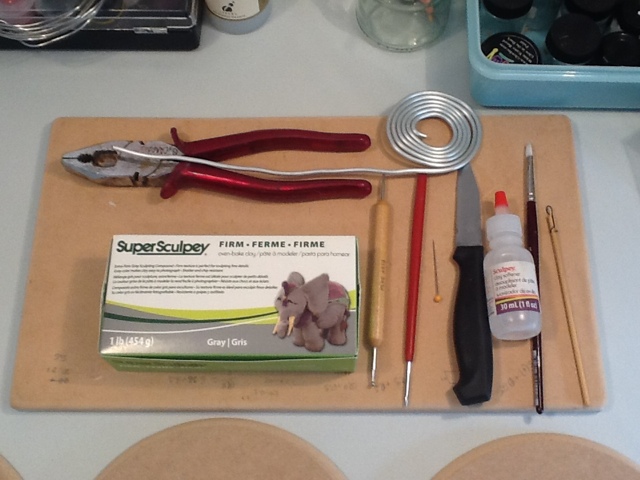One of my main problems when creating the Captain was that his head and body were more or less the same object. This made it tricky to create his head separately to his body and bake it beforehand. For the Captain the hat served in the role of the head. I spent a day or two working on it, refining it, and then finally baking it.
In reflection I think the reason I do this is that it becomes a solid 'foundation' or element to cling to as I make the rest of the character. It might sound silly, but having something solid and finished on a character that can't be changed sets a precedent for the quality of the sculpt, perhaps a goal of quality or a standard to be achieved. Structurally it's helpful too as it allows me (particularly in this instance) to push down on the solid piece lending weight and squash to the more natural elements such as the flesh of the head, neck, and shoulders.
The areas around the neck and shoulders are not as cramped as the design, but this is because I'm leaving room for the thick 'cloth' of the coat, lapels and shoulder-pads to do this. Just now I'm beginning to see that I've implicitly squashed the detail of the character towards his face, all other elements are being pushed or drawn toward it. The weight from his hat pushes down, the stretch in his coat and belly pushes up, and his little face is caught between them creating a nice focal point, and the face is where you want the focal point to be.


























